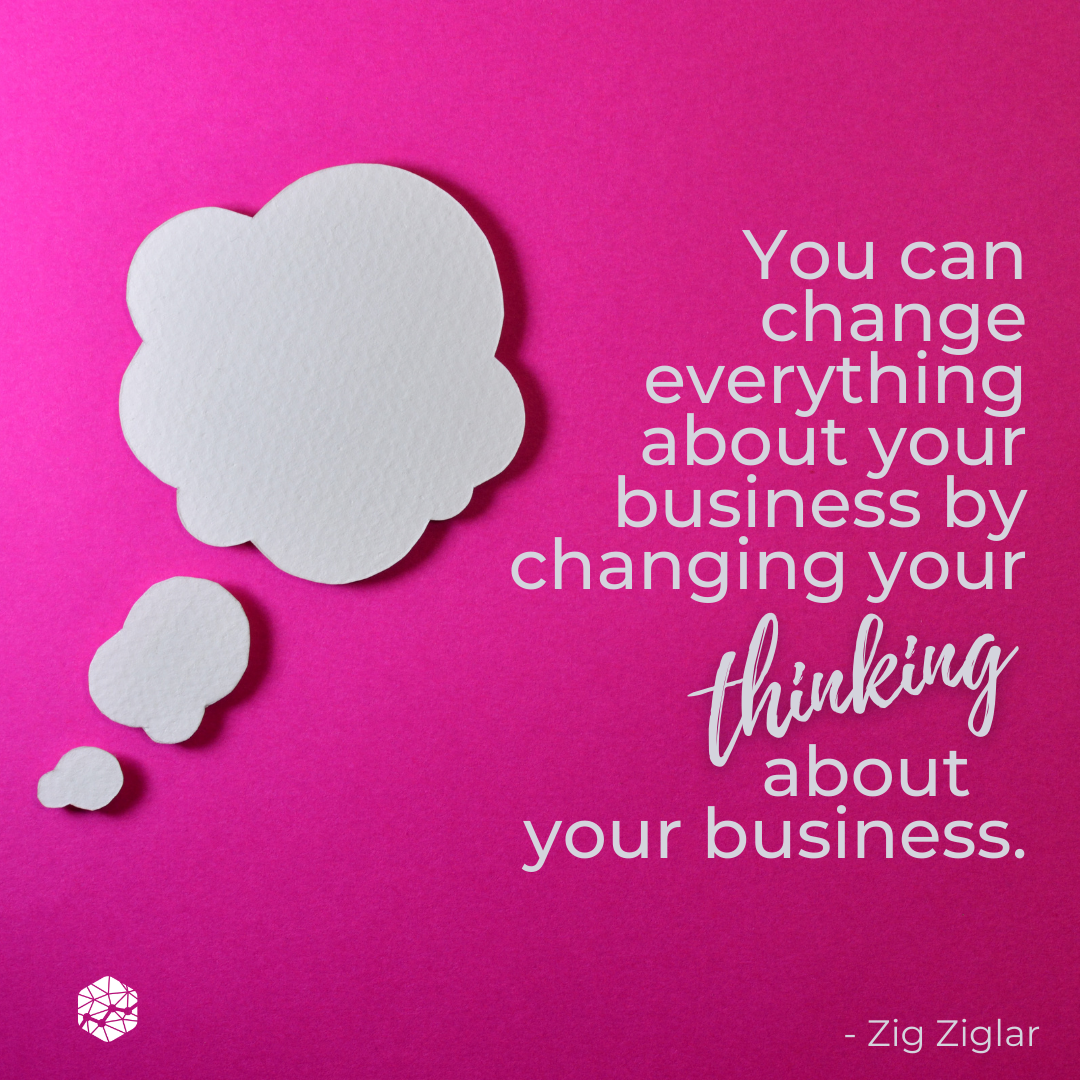We encounter tools everywhere we go.
There are the obvious tools that you find at the hardware store, the things you use to build, create and renovate your house. There are also the heavy machinery tools, and the the less commonly referred to as tools like the knife and fork we eat dinner with.
And if you’re a fan of 90’s metal, you’ll probably find them in your Spotify playlists too.

Tools are everywhere and when it comes to measuring success a lot of our focus is spent on the time when we’re actively using tools and carrying out tasks (that we require the tools for in the first place) to achieve the desired outcomes.
But what about the time in between?
What about the time we are waiting because we don’t have the right tools at hand? It may be waiting for tools to be repaired, for parts to arrive, waiting for another team or department to arrive or waiting for instruction or a return in communication.
When we’re stuck in between, waiting for the right tools or circumstance to complete a task, what is the cost to your business?
When organisations engage in an observational study the basic premise is to observe workers in their own environment and record the time it takes to perform tasks over a certain period.
The aim is not to blame or shame, but to simply understand how a day unfolds, effectively bridging the gap between front line and executive teams. It allows front line workers to be part of demonstrating the problems they face and helps executive teams to see where inefficiencies lay.
When you then add an economic analysis, it highlights the cost associated to those tasks and processes, and the financial impact to the business when inefficiencies are left unresolved.
Applying that same principle to measuring the time in between – the delays – can prove to be just as invaluable. Don’t be mistaken though, some “delays” are expected and normal and evaluating the difference between them is crucial.
The avoidable delays like, tools not working or made available, supplies not ordered or appropriate approvals not provided – are what can have a negative impact on your business.
See how quickly it adds up.
The average wage in Australia is just over $90,000 per year.
Based on a 38 hour week that is approximately $45 per hour.
If 30% of a work day is lost to delays that could have been avoided, that equates to 2.4 hours that is completely unproductive.
If one person is affected for one day that is a cost of $108.
If that one person is affected every day for an entire week, that cost rises to $540.
A month? 480 hours lost costing $2,160.
A year is potentially 612 hours costing $27,540. That is 16 weeks!
Now multiply that by how many people are affected, and you begin to understand the impact.
2x people = $55,080…
3x people = $82,620…
4x people = $110,160…

By measuring the time in between, and those avoidable delays, you can see how quickly the cost to your business escalates. While one instance may not seem significant, understanding how quickly it grows can help leaders in making better business decisions that have a positive impact for all.
It could mean the financial opportunity to hire additional staff and expand capabilities and support existing teams, or those hours ‘lost’ could be redirected to additional projects or other revenue generating opportunities. The flow on effects may also lead to increased employee engagement, client satisfaction and a potential for significant customer base growth.
In some cases delays may be justified and play little significance to impacting outcomes in a negative way, but making sure you not only have the right tools for your team but that they are available and working can make all the difference to positive outcomes for all.
Looking beyond the financial reports and understanding how your business operates in the real world is crucial to being confident that you are making the right decisions for your team and the future success of your business.
More importantly, understanding that it’s not just the “time on tools” that should be taken into account. The time in between holds just as many valuable insights and can help to further quantify the need for change.






